Angkor Wat’s Journey Through The Ages
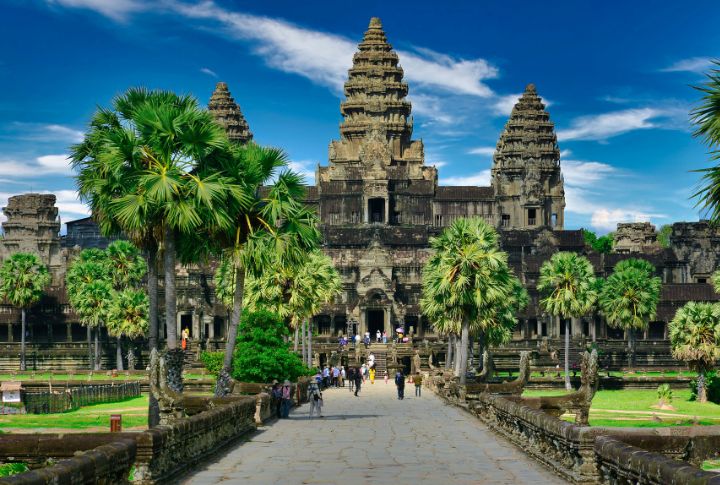
Ancient sites often feel distant, like they belong to someone else’s past. But Angkor Wat has a way of bridging centuries to make history feel personal. If you’ve ever been curious about lost civilizations, this journey might just stir something in you.
The Khmer Empire’s Rise
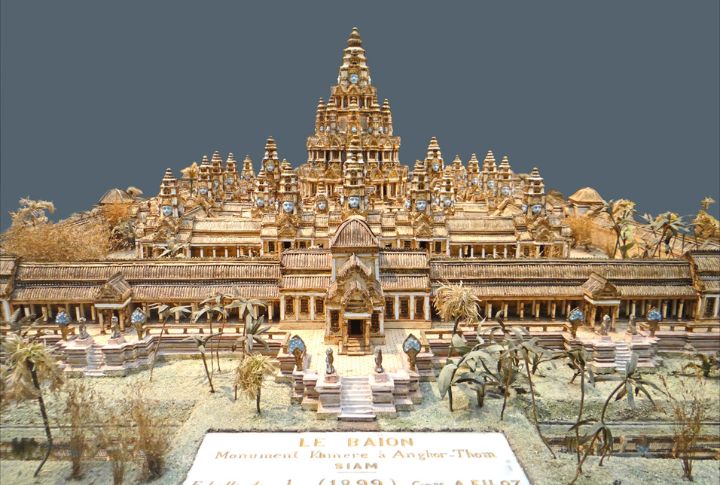
History books often overlook how powerful the Khmer Empire truly was. Founded in 802 CE by Jayavarman II, it lasted over 600 years and, at its peak, controlled much of mainland Southeast Asia. Remarkably, the empire’s capital at Angkor, Yasodharapura, became the largest pre-industrial city in the world.
Origins Of Angkor Wat
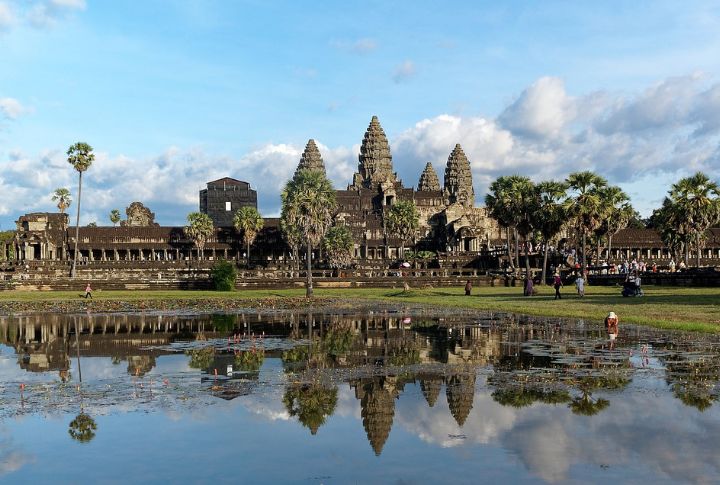
Angkor Wat didn’t just appear overnight. Construction began in the early 12th century under King Suryavarman II, who reigned from approximately 1113 to 1150. He commissioned it as his state temple and eventual mausoleum. Interestingly, it was built facing west, unlike most Hindu temples.
Dedicated To Vishnu

Hinduism was dominant in the region at the time, and most temples were dedicated to Shiva. However, Angkor Wat’s devotion to Vishnu is both unusual and revealing. Vishnu was viewed as the protector of the universe, a fitting deity for a king who styled himself as a divine ruler.
Masterpiece Of Sandstone

Over 5 million tons of sandstone blocks were transported to build Angkor Wat, likely from the Kulen Mountains, some 30 miles away. Scholars still debate how these stones were moved, though canals and bamboo rafts were probably involved. Even more astonishingly, the blocks were fitted together so precisely that mortar wasn’t needed.
Incredible Moats And Walls

One of Angkor Wat’s most striking features is its vast moat, which is nearly 200 meters wide and over 1,300 meters long. Symbolically, the moat represents the cosmic ocean that surrounds Mount Meru. Functionally, however, it also helped protect the temple from both invaders and environmental erosion.
Towering Lotus-Shaped Spires

At the heart of Angkor Wat stand five iconic towers, shaped like lotus buds and rising to 213 feet. These spires symbolize Mount Meru’s five peaks, anchoring the temple in Hindu cosmology. Notably, the central tower contains a sanctuary that once held a sacred image of Vishnu.
Detailed Bas-Relief Carvings
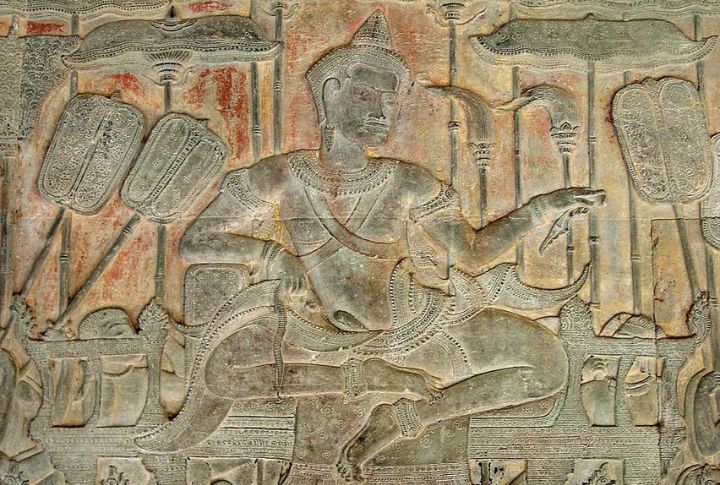
There are over 1,200 square meters of intricate bas-relief carvings at Angkor Wat, many of which detail epic stories from Hindu mythology. Each relief is incredibly detailed, depicting expressions, movement, and emotion with striking realism. Among the most famous scenes are the Battle of Kurukshetra from the Mahabharata and the Judgment of Yama.
Myths In Stone Panels
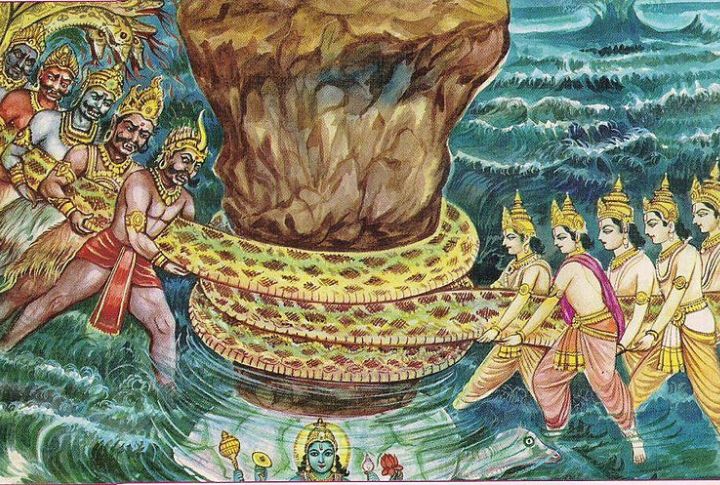
One of the most magnificent carvings depicts the “Churning of the Ocean of Milk,” a tale where gods and demons cooperate to produce the nectar of immortality. In this massive panel, a giant serpent is twisted like a cosmic rope around Mount Mandara, while Vishnu, in his turtle form, anchors the mountain.
Symbolism In Every Detail

Angkor Wat wasn’t designed randomly. Its layout is a three-dimensional representation of the universe as seen through Hindu cosmology. The central sanctuary represents Mount Meru, while the surrounding courtyards and moats mirror the continents and oceans. Additionally, solar alignments were built into the architecture.
Daily Life Of Builders
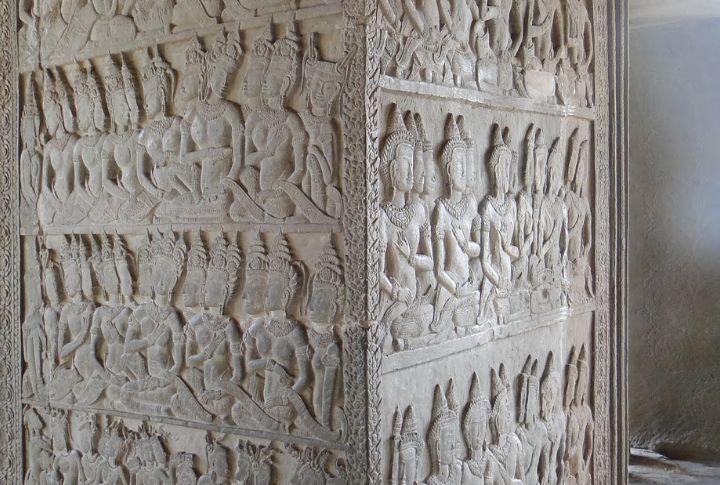
Angkor Wat’s construction employed thousands of workers: artisans, stone cutters, carpenters, and laborers, along with priests and supervisors. Many lived in nearby villages that sprang up to support the project. Evidence of their lives is still found in unfinished carvings and worker graffiti behind wall panels.
Surviving Centuries Of Change
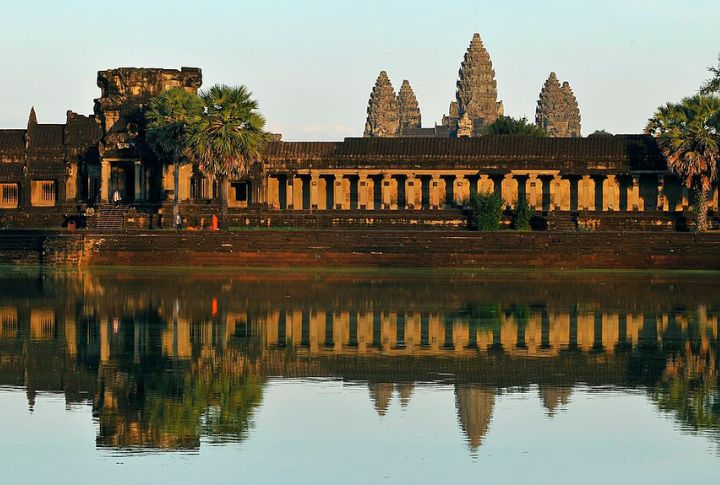
After the Khmer Empire declined in the 15th century, Angkor Wat wasn’t abandoned but slowly faded from prominence. Forests crept in, and the temple became cloaked in silence. However, Buddhist monks maintained the site to preserve it even during political and religious upheavals. It survived wars, looting, and neglect.
French Rediscovery In 1860
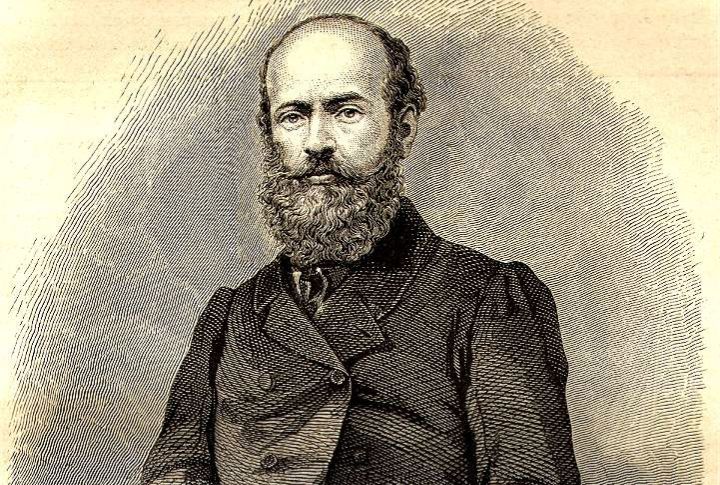
French naturalist Henri Mouhot is often credited with “rediscovering” Angkor Wat in 1860, though locals had always known of its existence. Mouhot’s vivid writings and romantic comparisons to ancient Rome fascinated European audiences. He described the temple as “grander than anything left to us by Greece or Rome.”
A UNESCO World Heritage Site
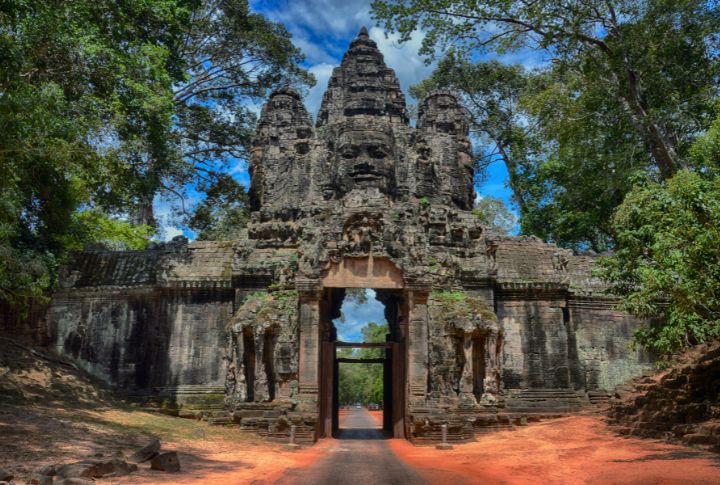
Angkor Wat was officially designated a UNESCO World Heritage Site in 1992. This status brought international attention, funding, and conservation support. Over 2.6 million tourists now visit each year, making it one of the world’s most visited ancient sites.
Buddhist And Hindu Elements
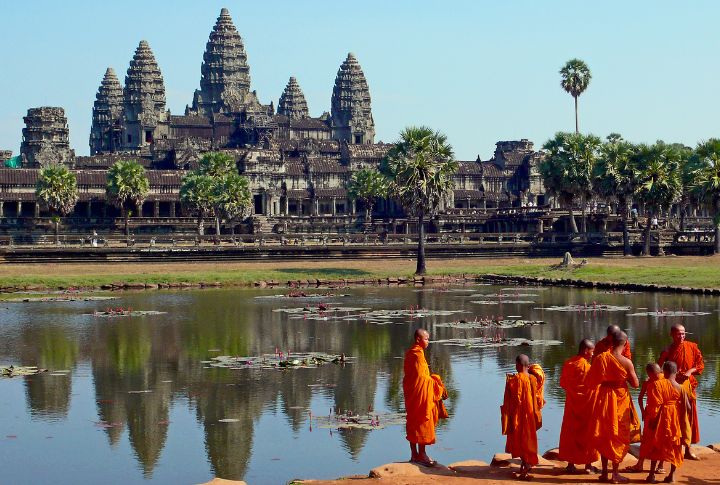
Over time, Angkor Wat shifted from a Hindu sanctuary to a Buddhist place of worship. Today, saffron-robed monks stroll through its corridors, lighting incense beneath carvings of Vishnu. Statues of the Buddha coexist with ancient depictions of Hindu gods to reflect the nation’s unique spiritual fusion.
What Angkor Wat Means Today
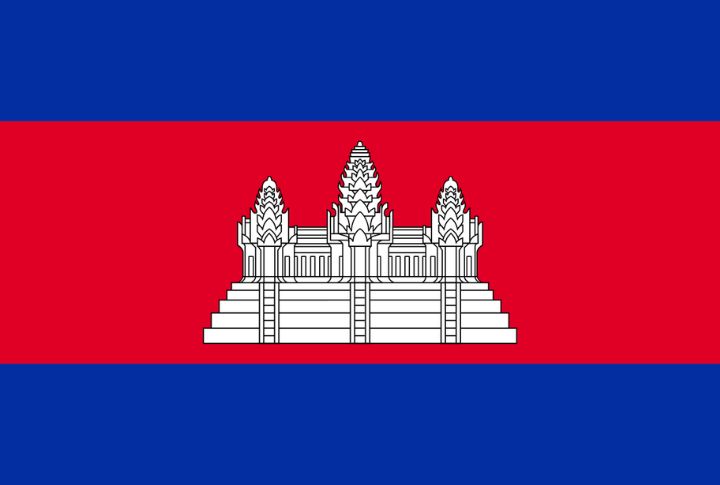
Angkor Wat appears on Cambodia’s flag for a reason. It’s a living emblem of national identity and resilience. Schoolchildren learn its history. Locals visit it during religious festivals. Travelers worldwide walk their paths in awe. Importantly, it continues to inspire pride and curiosity. Despite wars and modern pressures, Angkor Wat endures.






